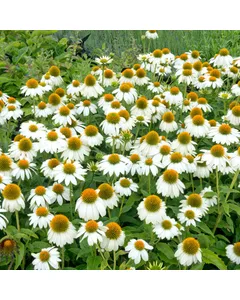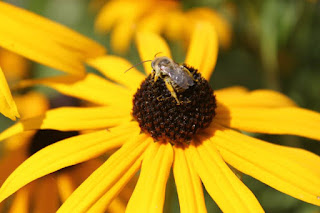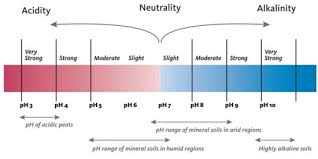One of My Favorite Native Plants- Coneflower

by Ed Powers As a child growing up in the Dakota’s, Nebraska, and as an adult, in Michigan, we grew coneflower in our gardens. They were tall, extremely beautiful, easy to grow and they really set off our gardens. The scientific name for the coneflower is Echinacea. I have tried to grow them at 8,000 feet, where we live now, with a great degree of difficulty. But, after 3 years of trying, we are finally seeing results. Echinacea is a group of herbaceous flowering plants in the daisy family . The genus Echinacea has ten species, which are commonly called coneflowers. They are found only in eastern states to the eastern plains of central North America , where they grow in moist to dry prairies as well as open wooded areas. They have large, showy heads of composite flowers , blooming from early to late summer. The generic name is derived from the Greek word ἐχῖνος (echinos) , meaning " hedgehog ", due to the spiny central disk, referencing the spiky appearance and feel of


